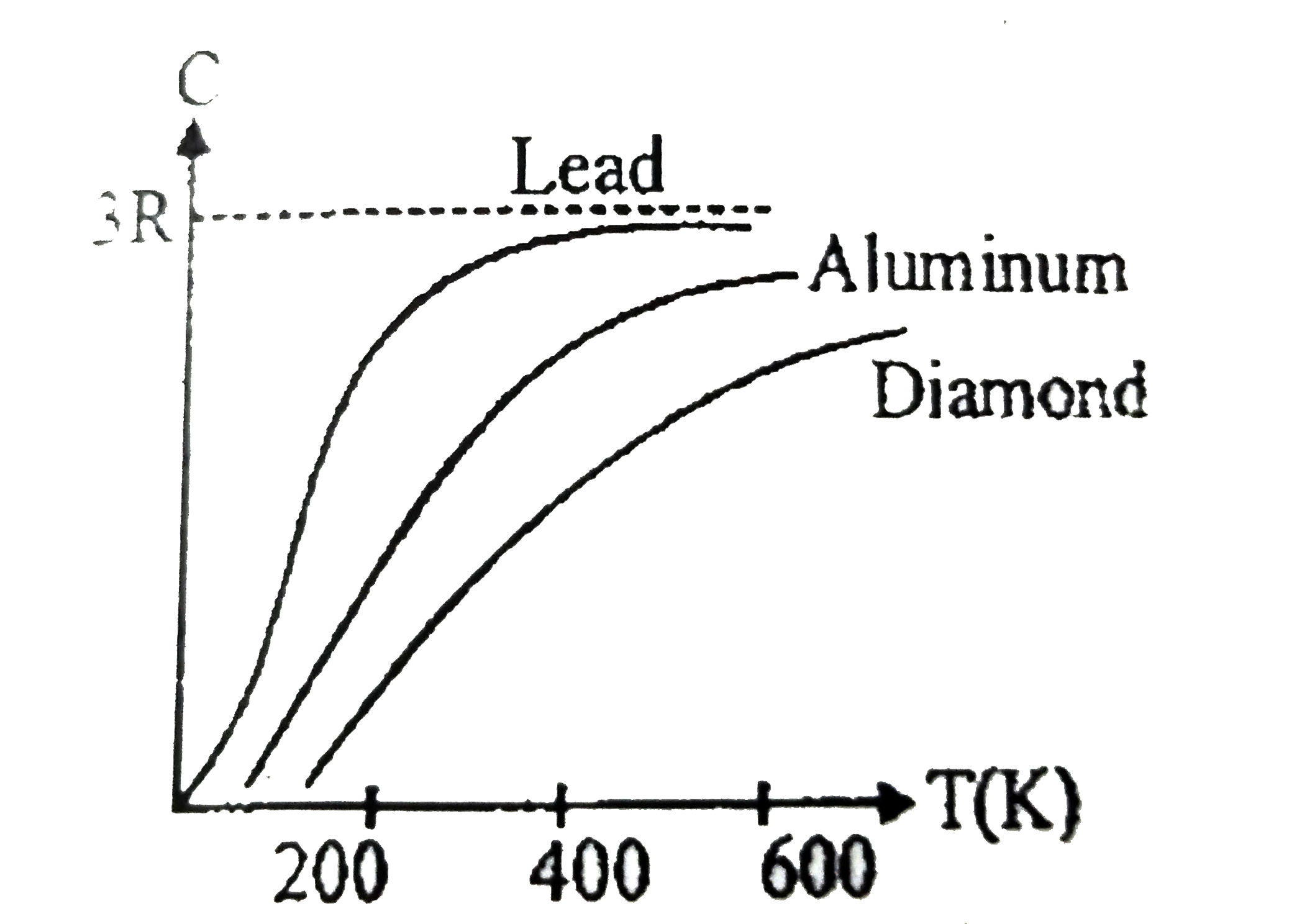In solids interatomic forces are
A
totally repulsive
B
totally attractive
C
Both (a) and (b)
D
None of these
Video Solution
Text Solution
The correct Answer is:C
(c) The interatomic forces in solids are both attractive and repulsive.
|
Topper's Solved these Questions
- ELASTICITYBOOK - DC PANDEYCHAPTER - ELASTICITYEXERCISE - Check point 12.2
15 Videos
- ELASTICITYBOOK - DC PANDEYCHAPTER - ELASTICITYEXERCISE - Check point 12.3
15 Videos
- ELASTICITYBOOK - DC PANDEYCHAPTER - ELASTICITYEXERCISE - Example
39 Videos
- CURRENT ELECTRICITYBOOK - DC PANDEYCHAPTER - CURRENT ELECTRICITYEXERCISE - All Questions
434 Videos
- ELECTROSTATICSBOOK - DC PANDEYCHAPTER - ELECTROSTATICSEXERCISE - Integer
17 Videos
Similar Questions
Knowledge Check
I Atomic theory relates molecular properties with bulk properties of a gas,
II. According to kinetic theory the interatomic forces are negligible in gases.
III. According to kinetic theory the gas consists of rapidly moving atoms,AI and IIBIII and IVCII and IVDI, II and IIIVibrational kinetic energy is insignificant at low temperatures.
Interatomic forces are responsible for vibrational kinetic energy.AIf both Assertion and Reason are true and the reason is correct explanation of the Assertion.BIf both Assertion and Reason are true but Reason is not the correct explanation of Assertion.CIf Assertion is true, but the Reason is false.DIf Assertion is false but the Reason is true.According to Dulong & Petits law, molar heat capacity of solids at room temperature is nearly equal to 3R. This can be explained using law of equipartition. Each atom of solid is boned to neighboring atoms by interatomic forces. Each atom can vibrate about its equilibrium positum. So each atom has 6 degrees of freedom. But in relaity, the molar heat capacity of solids varies. with temperature as shown in figure.

At low temperature, the heat capcities decrease with decreasing temperature. This is due to the fact that variational degrees of freedom are frozen out at low temperatures.
Selec the correct statement(s).AA sample of lead requires less heat to go from 100K to 150K then to go from 300K to 350KBA sample of lead requires more heat to go from 400K to 440K then to go from 100K to 140KCFor diamond at room temperatures also vibrational degrees of freedom are partially frozen.DThe specific heat capacity of all solids at high temperature is nearly the same.
Young modulus of elasticity of steel is 2×1011N/m2. If interatomic distance for steel is 3.2Å, then, find the interatomic force constant.
View SolutionDefine the term elasticity. Give an explanation of the elastic properties of materia!~ in terms of interatomic forces.
View SolutionYoung's modulus for steel is 2×1010N/m2. If the interatomic distance for steel is 3 Å, then the interatomic force constant for steel will be
View SolutionThe Young's modulus of steel is 2×1011N/m2. If the interatomic spacing of the metal is 2.5 Å. Then the interatomic force constant is,
View SolutionIn which kind of solids dipole-dipole forces are present?
View Solution
